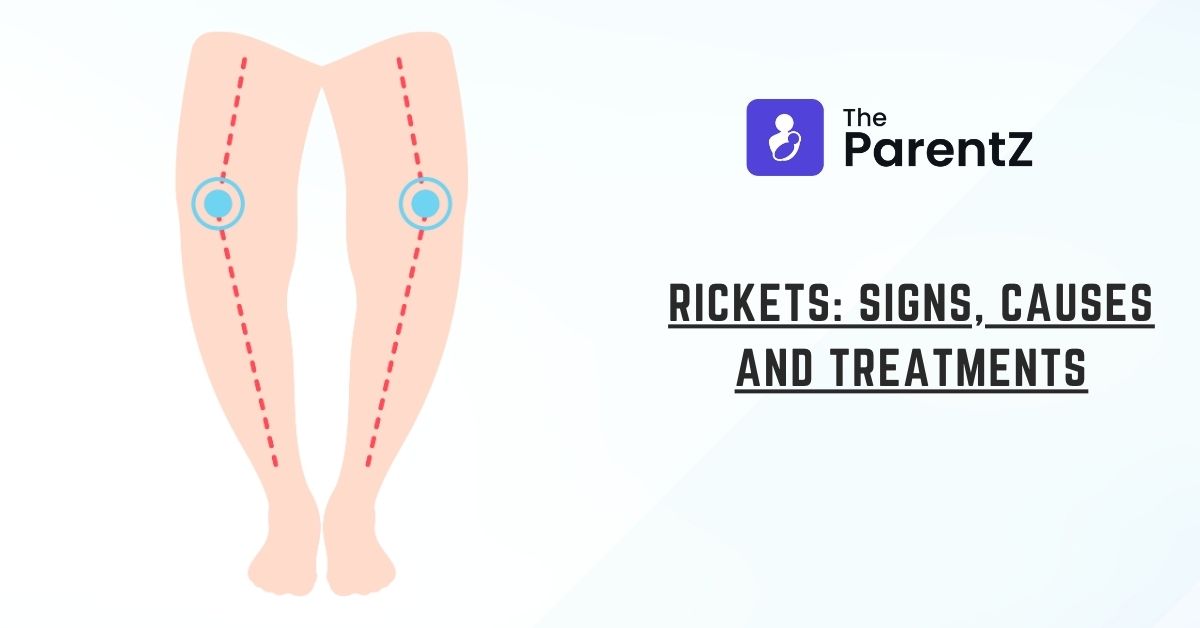What are rickets?
Rickets is a condition of nutritional deficiency. When a child’s bones become soft and weak. Rickets develop when the child does not get enough vitamin D. Rickets can be easily treated by supplementation of the vitamins externally to correct the deficit.
The bones of the human body grow when new bone tissue is formed at the ends. The growth plates are the area at the end of bones where the new tissue is formed. Growth plate is present at the growing area near the end of the long bones. The growth plate forms new tissue and Calcium and phosphorus is attached to them. This composition forms hard bones and makes them tough and strong. Vitamin D is the vitamin which helps our body absorb calcium and phosphorus properly from the food. When enough vitamin D is not present in the body, enough calcium and phosphorus is not absorbed which in turn means that it cannot be accumulated in the growth plates. In rickets, the bones become soft and weak due to this reason. These bones bend easily and develop odd shapes.
What are the signs and symptoms of rickets?
Signs and symptoms of rickets mainly develop due to bone weakness.
- The child can have muscle weakness and pain
- The height of child may not reach full potential and they may be shorter as compared to others of the same age
- Dental problems may also develop
- Children with rickets can be at a greater risk of breaking bones
- There can be characteristic deformities such as bow legs
How is rickets treated?
The basis of treatment for rickets is to supplement vitamin D in a child to complete the missing needs of vitamin D, calcium, and phosphorus.
Children who have bone deformity due to rickets might need corrective braces. In severe cases, surgery may be needed.
If some underlying disease is responsible for causing rickets, a child might need to visit a specialist for treatment.
What can be done to prevent rickets?
- Your child should eat enough of high-calcium foods.
- Make sure your child is getting enough vitamin D. Either foods which have natural vitamin D or artificially fortified foods should be consumed.
- A multivitamin or specific vitamin D supplement may be used to fulfill your child’s nutritional needs.
- Ensure proper and recommended sun exposure for your child. The human body is capable of making vitamin D on sunlight exposure.
- Encourage your child to exercise regularly. Activities like walking, running, jumping, and climbing can help in building stronger bones.
What should I know as a parent?
You should take good care of your child’s nutrition to ensure that adequate amounts of vitamin D and rickets are being taken in food. Regardless of the care, if your child does develop rickets:
- Your child should take all supplements as prescribed by the doctor.
- Your child should have proper sun exposure as recommended .
- Do not miss any follow-up visits with your doctor so that regular physical and blood work can be checked.
- You should take the help of a registered dietitian regarding your child’s diet.
Visit your doctor immediately if your child develops any of the following:
- Child has new or worsening bone or muscle pain
- Child develops muscle spasms
- Child shows any new symptoms








Be the first one to comment on this story.